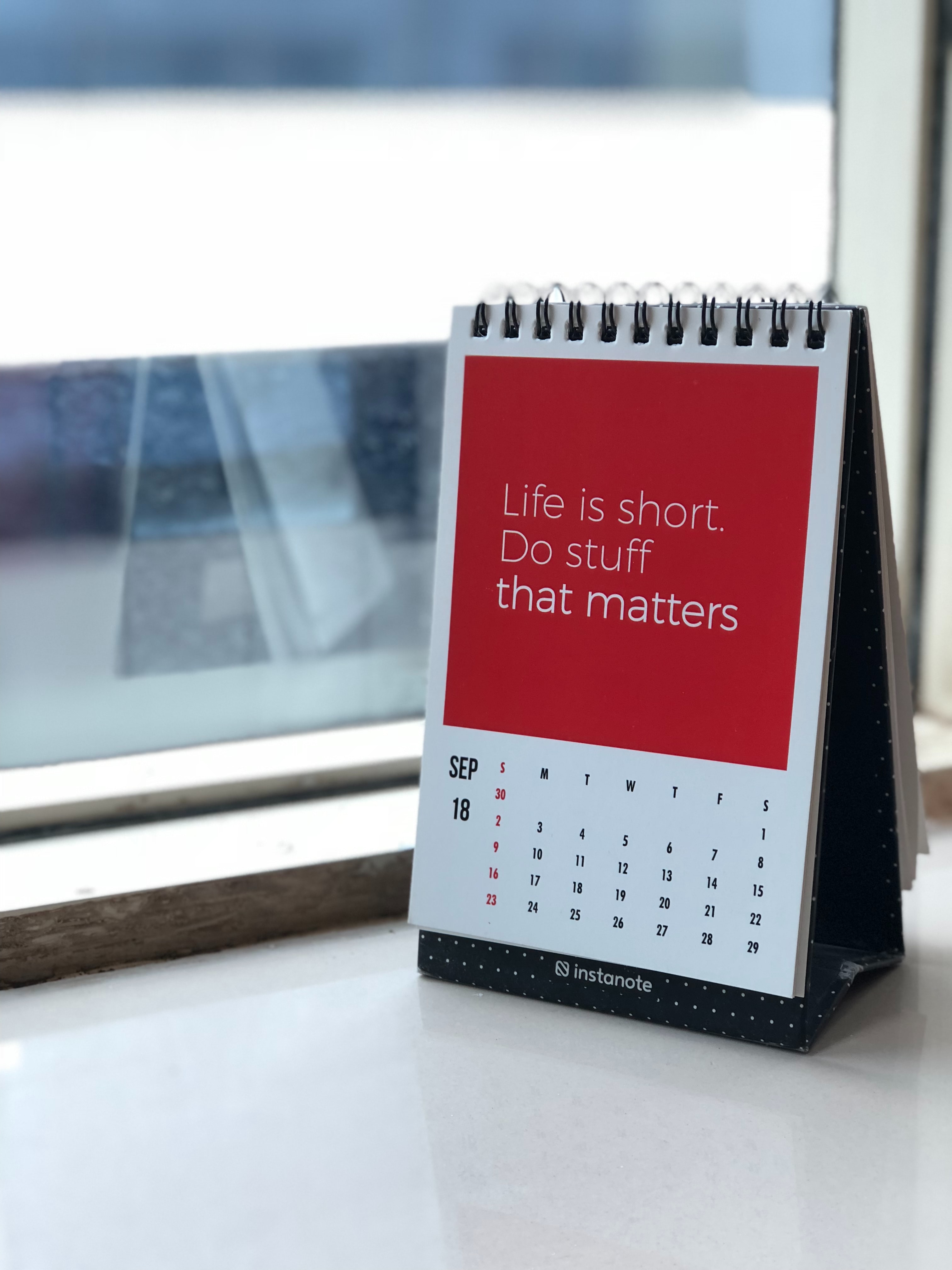This post was submitted by Megan Grant. Megan teaches freelance creatives to build their own agencies. Visit her online at megangrant.net .
You feel like you’ve slipped into the fourth circle of hell, but wait! It’s just your job. Fortunately, you’re not stuck with it. These days, largely thanks to the internet, it’s fully within your grasp to build your own business. Let’s talking about how to start freelancing so that you can transition out of your current job and into something that gives you purpose.
Freelancing: From “Pocket Money” to Kind of a Big Deal
For some reason, freelancing has always had this stigma of being the poor person’s career path. It was a label assigned to broke writers living in someone’s basement and eating ramen noodles for lunch and dinner.
But not anymore. Freelancing has rightfully taken its spot as a perfectly viable career path.
And if you’re itching to quit your soul-sucking 9-to-5 and get out on your own, you’re not alone. In fact, Upwork.com’s Freelancing in America 2019 report states that 57% of Americans freelanced that year. That’s 35% of the country’s workforce. Moreover, the percentage of people freelancing full-time went from 17% in 2014 to 28% in 2019.
See? A lot of people hate their 9-to-5s.

But if you’re used to reporting to an office each day and having a boss you mostly hate, then understanding how to start freelancing feels like a daunting task. I’m going to break down three simple but actionable steps you can take to get there.
Before you know it, your current job will be something you’re looking at in your rearview mirror.
How to Start Freelancing: 3 Steps to Get You Moving
1. Get Clear About What You Do, Who You Help, and How
“I, uh, make websites and stuff,” you say. That’s a nice start, but we need to talk about this.
Remember, you want to turn your skills into a paycheck. This isn’t merely a hobby. And for this reason, you’ve got to bear in mind that as you learn how to start freelancing, you’re becoming a business owner.
To be clear, these answers will evolve over time, but you still need to ask yourself the following questions:
- What services am I going to offer?
- Who do I offer them to?
- How do my services benefit people?
Here’s another way to try it. Fill in the blanks of the statement below.
I [service you offer] for [who you offer it to] to [how they benefit].
For example, my statement might be something like, “I teach creative freelancers how to build an agency and take control of their time and money.”
This sentence clarifies what I do, who I do it for, and what they get out of it. Simple.
2. Get a Website Up — One That Converts
I know that especially if you’re a web developer, keeping your website simple and to-the-point might go against your nature. Your perfectionist side might also be coming out.
And indeed, your website should be a beautiful reflection of the services that you’re able to offer.

But it’s not only about that.
Where so many freelances go wrong with their websites is that they focus solely on making them look pretty. But remember what I said earlier: You’re a business owner. So, you need a website that sells.
Your site exists to collect new leads and ignite conversions. It’s a tool. And if it’s not converting, something’s wrong.
So, how do you design a website that converts? One that pushes your business forward?
One thing you’ll likely want is a call-to-action above the fold. This can be a “Contact Me” button, “Get a Quote,” or better yet, offer an enticing lead magnet in exchange for their email address.
You should also include samples of your work. If you haven’t yet had a paying client, don’t get hung up on making a traditional portfolio. Instead, create some samples on your own and publish them on your site, so that prospective clients are able to view them.
Lastly, if possible, include testimonials — even just one. If you’re really scrambling for this, hit up a coworker/colleague and ask them to say something nice about your abilities as a professional. The point is to have someone vouch for you.
And no, your mother doesn’t count.
3. Set Your Rates
Again, these will evolve over time, but you have to start somewhere.
Setting your freelance rates can feel like a major pain in the can. Where do you even start?
Here’s where: (1) The time you estimate the work will take you, and (2) the value you bring to the project.

The reason you don’t charge based solely on time is because you can have two freelancers complete the same project in the same amount of time, but one has 10 years of experience in their field and the other has one.
Should they get paid the same?…
This is why naturally, your rates will increase over time — because you’ll have more knowledge and expertise to offer. You’ll be able to provide better work than someone fresh out of college.
Even if you opt to charge an hourly rate, you should factor in what an hour of your time is worth.
While people have their own opinions on this, I’d be careful about putting your rates on your website. Potential clients are incredibly price-conscious, and they’re often looking for the best deal. In my experience, there are going to be many clients initially turned off by your rates but who eventually come around after a phone call where they get to learn more about you.
These are people you would likely lose right off the bat if all they knew about you from your site is what you’d charge them.
Plus, you’re going to want to learn more about each lead before giving them a proposal and rate.
Great — What Comes Next?
Once you’re clear on the role you’re going to play as a professional, you get a high-converting website up, and you set your rates, you’re ready to start approaching potential clients .
There are many ways to do this. I’m a huge fan of cold emailing, which is responsible for much of my business. Some people like cold calling . Believe it or not, there are people who still go door-to-door. You can try running ads on Google or social media, and the list goes on and on.
I know you’re probably excited to get the ball rolling and build your business. But you won’t regret spending a little extra time on these first three steps. Build a solid foundation, and everything that happens after that will be more successful.
Another excellent tool for landing new clients is LinkedIn. Get my free guide on optimizing your profile to make yourself more visible and get new business.

